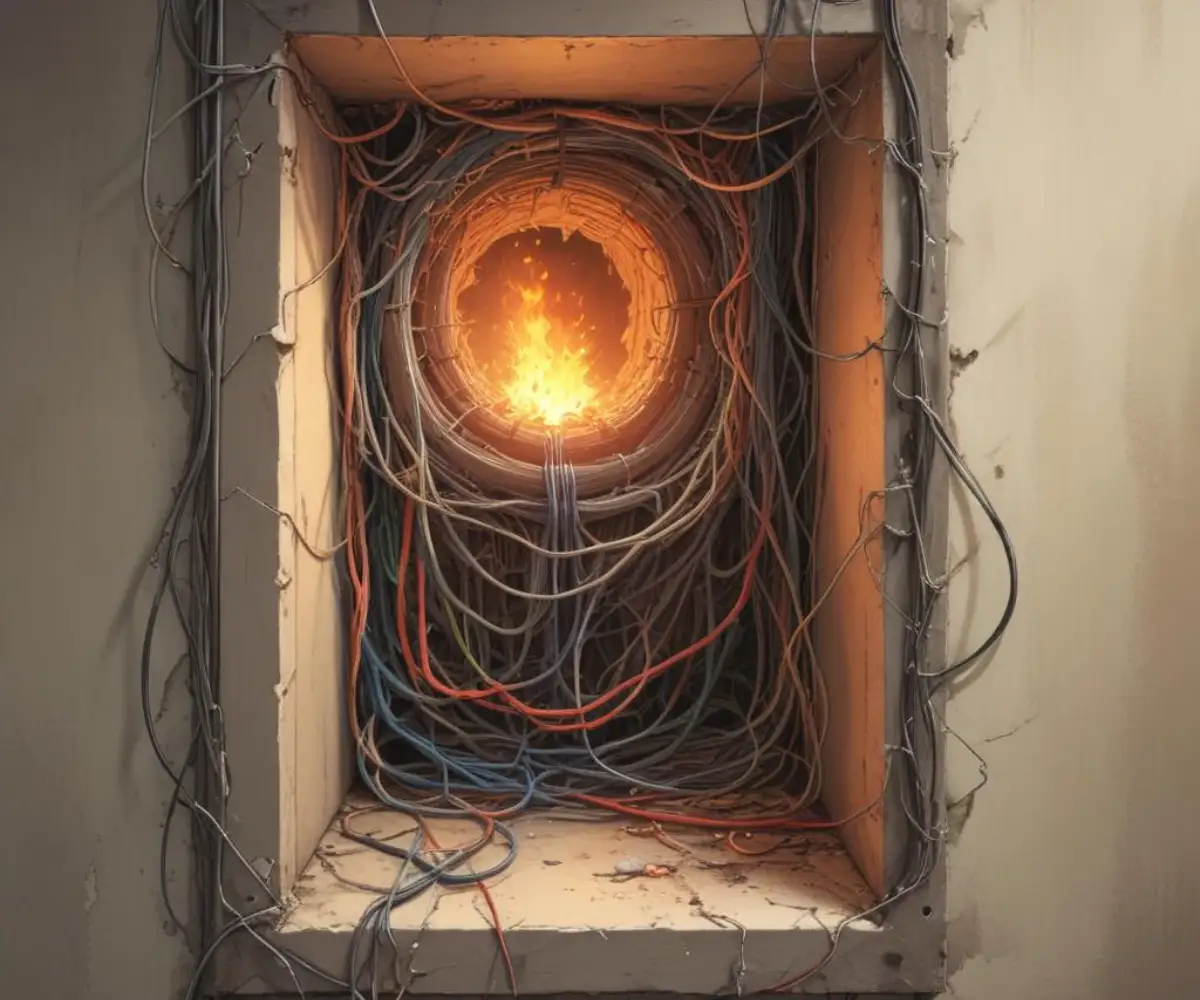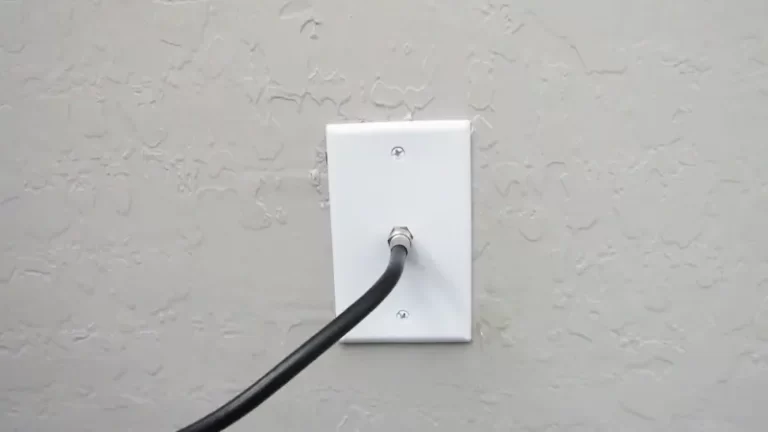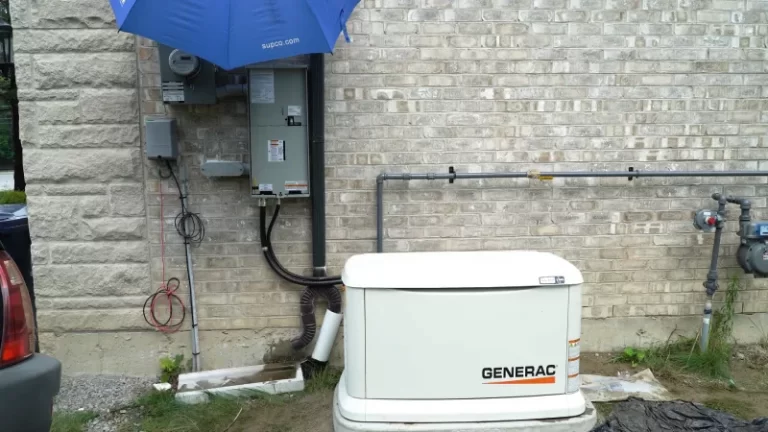Unpermitted Electrical Work Voids Home Insurance? The Shocking Truth
You decided to save a few bucks on that basement renovation. Your buddy, who’s “good with wires,” hooked everything up over a weekend. Now, you’re wondering if that decision could come back to haunt you, especially when it comes to your home insurance. It’s a common scenario, but one fraught with hidden dangers and significant financial risk.
The core problem is that unpermitted electrical work is a massive gamble. While it might seem like a clever cost-cutting measure initially, it can lead to catastrophic consequences, including denied insurance claims, policy cancellations, and even legal liability. Understanding the severe implications is the first step toward protecting your most valuable asset.
You'll Learn About
Why Your Insurer Cares About Electrical Permits
Home insurance companies are in the business of risk assessment. When they issue a policy, they are betting that your home is safe and compliant with local building codes. Permits are the official record that critical work, especially electrical systems, has been inspected and meets minimum safety standards. Without that verification, your home represents a much higher, unknown risk.
From an insurer’s perspective, unpermitted work is a red flag for several reasons. It suggests potential safety hazards from faulty installations, which significantly increases the risk of fire. It also raises questions about negligence on the part of the homeowner, which can be grounds for denying a claim. In short, your insurer sees unpermitted work not as a minor oversight, but as a material change in the risk they agreed to cover.
The Direct Link: Negligence and Claim Denials
Most insurance policies contain clauses that exclude coverage for damage resulting from illegal acts or negligence. Performing electrical work without a required permit falls squarely into this category. If a fire starts because of faulty wiring that was never inspected, your insurance company has a strong basis to deny your claim. They will argue that the loss was not accidental but a direct result of work that didn’t meet safety codes.
Even if the fire is unrelated to the unpermitted work, its discovery during the claims investigation can complicate matters. An adjuster might scrutinize your entire policy and the history of your home more intensely. This could lead to policy cancellation or non-renewal, leaving you scrambling for coverage with a black mark on your record.
Real-World Consequences of Skipping Permits
The financial fallout from a denied claim can be devastating. Imagine facing tens or even hundreds of thousands of dollars in fire damage repairs out-of-pocket. This is the reality for many homeowners who cut corners. The small amount saved on a permit fee pales in comparison to the potential for total financial ruin.
Beyond a denied claim, you could face legal trouble. Local authorities can impose hefty fines and may require you to tear out and redo the work—this time with a permit and by a licensed professional. If someone is injured due to the faulty electrical work, you could be held personally liable for their medical bills and other damages, as your liability coverage may also be voided.
Identifying and Addressing Unpermitted Electrical Work
Perhaps you’ve just bought a home and suspect the previous owner did some DIY electrical projects, or maybe you’re the one who hired a handyman for a quick fix. The first step is to confirm whether the work is indeed unpermitted. You can contact your local building department to check the permit history for your property.
If you find unpermitted work, don’t panic. The situation is often correctable, though it requires proactive steps. Ignoring the problem is the worst thing you can do, as the issue will likely surface during a future insurance claim, home inspection, or when you try to sell the property.

Your Action Plan: The Path to Compliance
Once you’ve identified unpermitted electrical work, the goal is to get it legalized through a process often called retroactive permitting. While the steps can vary by municipality, they generally follow a clear path to bring your home back into compliance and secure your insurance coverage.
Taking these steps not only protects your insurance eligibility but also ensures the safety of your home and family. It transforms a significant liability into a properly documented and secure asset. The peace of mind that comes with knowing your home is both safe and insurable is invaluable.
Step 1: Hire a Licensed Electrician for an Assessment
Before contacting the city, have a qualified and licensed electrician thoroughly inspect the unpermitted work. They can determine if the installation meets current electrical codes and identify any deficiencies that need correction. This professional assessment is crucial; it gives you a clear picture of what needs to be done to pass a formal inspection.
An experienced electrician can also guide you on the complexities of your local permit process. They understand what inspectors look for and can prepare the necessary documentation, making the entire process smoother. If you’re concerned because your electrician didn’t pull a permit previously, it’s essential to bring in a new, reputable professional to rectify the situation.
Step 2: Contact Your Local Building Department
With your electrician’s report in hand, approach your local building or permitting office. Be upfront about the situation and state your intention to bring the work into compliance. Most departments have a process for issuing “as-built” or retroactive permits and are generally willing to work with homeowners who are trying to correct a problem.
They will outline the specific requirements, which will likely include submitting an application, paying fees (which may be higher than for a standard permit), and providing drawings or plans of the work. This is a critical step in legitimizing the electrical modifications and protecting your property.
Step 3: The Retroactive Permit and Inspection Process
After submitting your application, the city will schedule one or more inspections. An inspector will visit your home to examine the electrical work. This may require opening up walls or ceilings to view the wiring, junction boxes, and connections. This is why the initial assessment by your own electrician is so important—it helps you prepare for what the inspector needs to see.
If the inspector finds any issues, they will provide a list of required corrections. Your electrician will then perform the necessary repairs, and a follow-up inspection will be scheduled. Once the work passes inspection, the permit is “finaled,” and the work becomes officially part of your property’s legal record.
The Insurance Conversation: When and How to Talk to Your Provider
Once the unpermitted work has been officially permitted and inspected, you should inform your insurance provider. This demonstrates that you have acted responsibly to mitigate risk. Providing documentation of the passed inspections can help ensure your policy remains in good standing and that the updated electrical system is properly covered.
Being transparent with your insurer after you have resolved the issue is key. It rebuilds trust and confirms that your property meets the safety standards they require for coverage. This proactive communication can prevent future complications and ensures your policy accurately reflects the current state of your home.
Risks vs. Rewards of Disclosure
Some homeowners fear that disclosing past unpermitted work—even after it’s been corrected—could lead to higher premiums or other negative consequences. While this is a possibility, the risk of non-disclosure is far greater. An insurer discovering undisclosed, unpermitted work during a claim investigation is the worst-case scenario.
By addressing the issue and then disclosing it, you control the narrative. You are presenting a solution, not a problem. This responsible action is more likely to be viewed favorably than the discovery of a hidden risk after a catastrophic event.
| Risk Factor | Impact of Unpermitted Work | Solution & Benefit |
|---|---|---|
| Claim Denial | High probability of claim denial for fires or damage related to faulty, uninspected wiring. | Obtain a retroactive permit. This validates the work’s safety and removes the primary reason for denial. |
| Policy Cancellation | Insurers may cancel your policy upon discovering the increased risk, leaving you uninsured. | Legalizing the work demonstrates responsibility and mitigates the risk, making you a more desirable policyholder. |
| Liability Exposure | You could be personally sued for injuries caused by the unpermitted electrical work. | Properly permitted and inspected work ensures code compliance, reducing safety hazards and liability. |
| Decreased Property Value | Unpermitted work must be disclosed to buyers, often leading to lower offers or failed sales. | A finaled permit closes the issue, preserving your home’s value and making transactions smoother. |
| Municipal Fines | The city can levy significant fines and require costly, forced removal of the work. | Voluntarily seeking a retroactive permit often involves lower penalties than if the city discovers it. |
Prevention: The Best Policy for Your Policy
The easiest way to avoid these insurance nightmares is to ensure all electrical work is properly permitted from the start. This applies whether you are doing a minor upgrade or a major renovation. Always hire licensed and insured electricians who have a proven track record of pulling permits for their work.
Before any project begins, have a clear conversation with your contractor about the permitting process. Reputable professionals will insist on it, as it protects both you and them. If a contractor suggests skipping the permit to save money, consider it a major red flag and find someone else. Even seemingly simple tasks, like dealing with an electrical panel, have significant safety and insurance implications; thinking you can replace an electrical panel without a permit is a serious mistake.
Understanding Permit Costs and Timelines
Homeowners are often tempted to skip permits because they are concerned about the cost and potential delays. However, the cost of a permit is a tiny fraction of the overall project budget and an even smaller fraction of the potential costs of a denied insurance claim. While the process can add some time to your project schedule, it is time well spent ensuring the work is safe and your investment is protected.
Ultimately, a building permit is not a bureaucratic hurdle; it is a critical safeguard. It ensures that a qualified, objective inspector verifies the safety of your electrical system, protecting your family from fire hazards and your finances from the devastating impact of an uninsured loss. Don’t let a short-term saving decision create a long-term catastrophe.


